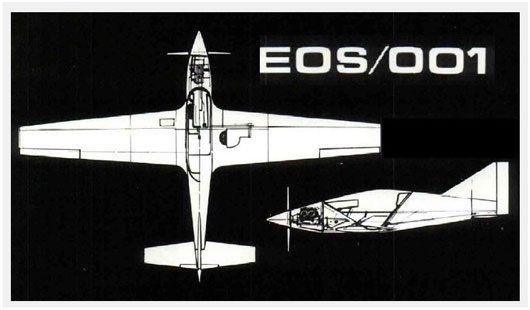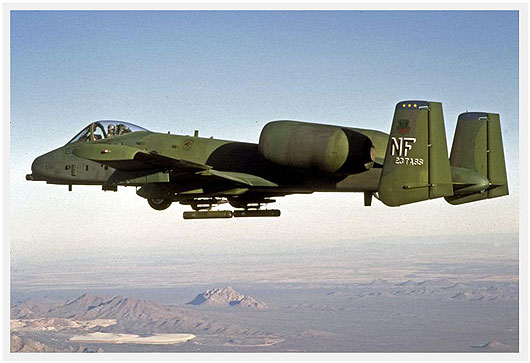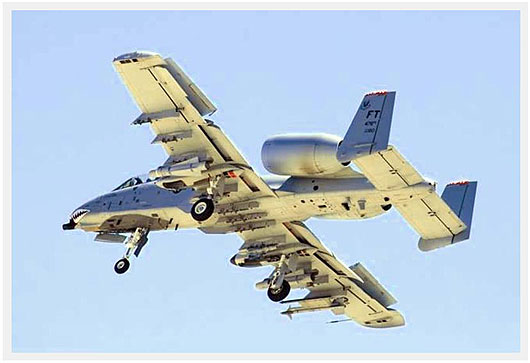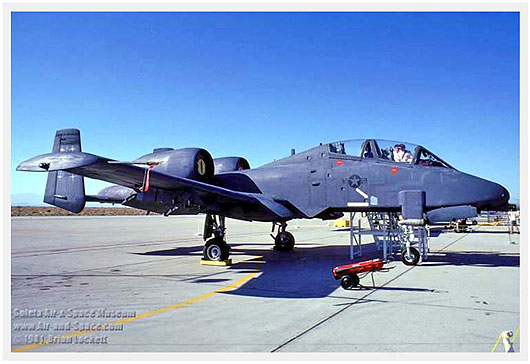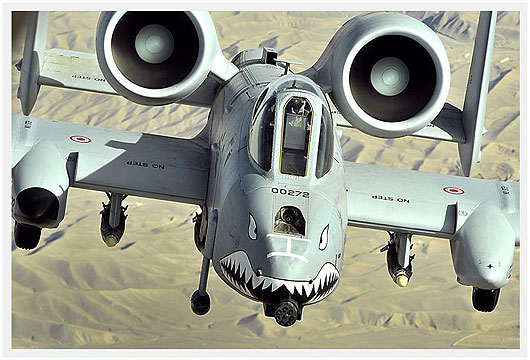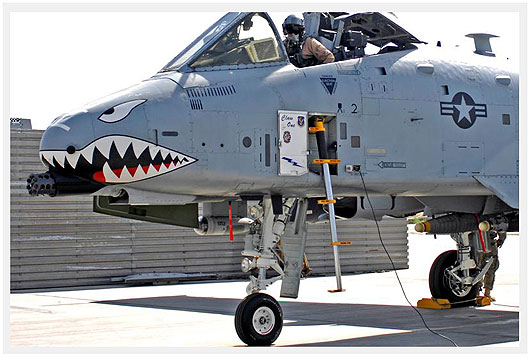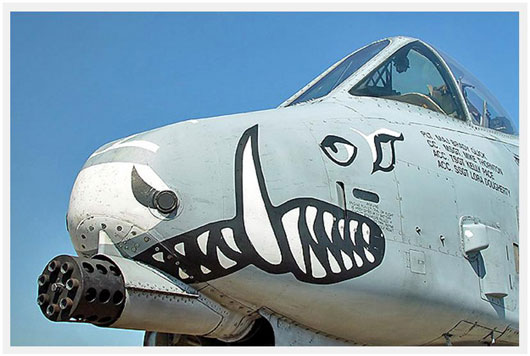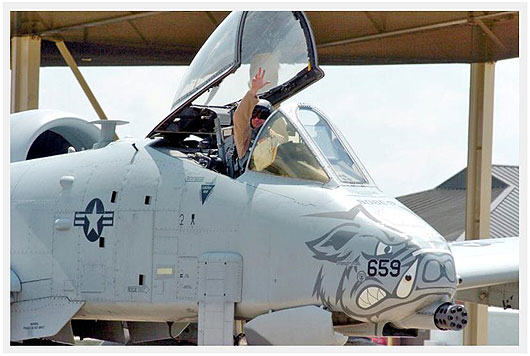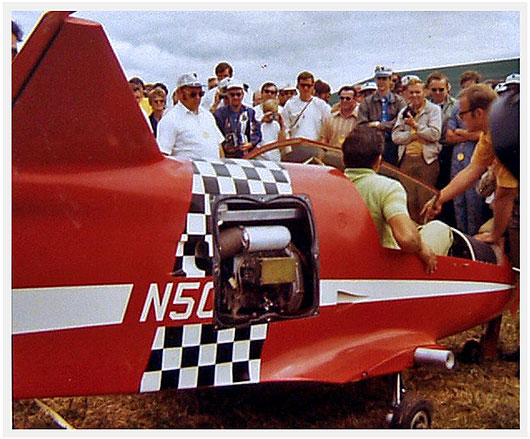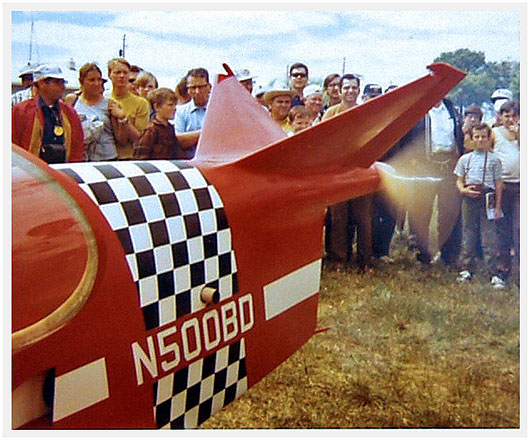Beyond Streamlining: Drag Reduction In The 21st Century
 Wednesday, June 2, 2010 at 10:35AM
Wednesday, June 2, 2010 at 10:35AM 
A really fascinating discussion has been taking place over in the Hangar Talk forum at Oshkosh365 on ideas and concepts for the future of aerodynamics. It's called Beyond Streamlining: Drag Reduction In The 21st Century, and it's being led by a very interesting guy named John McGinnis. The post originated in November 2009, and currently it has 200 responses and well over 22,000 views. It started out a little slow but it's gotten very popular!
I've known John for about a year now, but we've yet to meet in person. Oshkosh 2010 should change that as John will be presenting two forums this year, one on 'Bleeding Edge Prop Design' and the other on '21st Century Drag Reduction'. If you have any interest in convention-challenging aerodynamic discussions, you should definitely check out both the O365 thread and John's forums at Oshkosh (here's the tentative schedule for John's Oshkosh forums.)
My observation of discussions about aerodynamics has been that they're mostly a pride fest between people who are far more interested in making sure they teach the other guy that he's full of poo. If you lace that discussion with a lot of confusion (both intentional and unintentional) and pepper it with several people who have absolutely no idea of what they are talking about, you wind up with a pretty bad taste in your mouth.
Fortunately, John's discussion has been nothing like that. He's got a great way of communicating what he's learned, and possibly most important, he's not afraid to realize that what we thought we knew might not be the facts, especially when clear, defining evidence presents itself. He's also been doing a lot of research for a full scale project he's doing called Synergy that's currently entered in the 2011 CAFE Green Flight Challenge. From what I know and can see, I'm inclined to believe that John knows what he's talking about and that he might be on the frontline of changing a lot of what you believe about aerodynamics.
So go check out the 'Beyond Streamlining' thread at O365. You can view it without signing up, but if you do sign up (it's free), you can even communicate directly with John thru either the forum or the internal email system. It's all very cool stuff, and it's happening, once again, at the experimental grass roots level that have been fostered by the EAA for almost 60 years!















































































